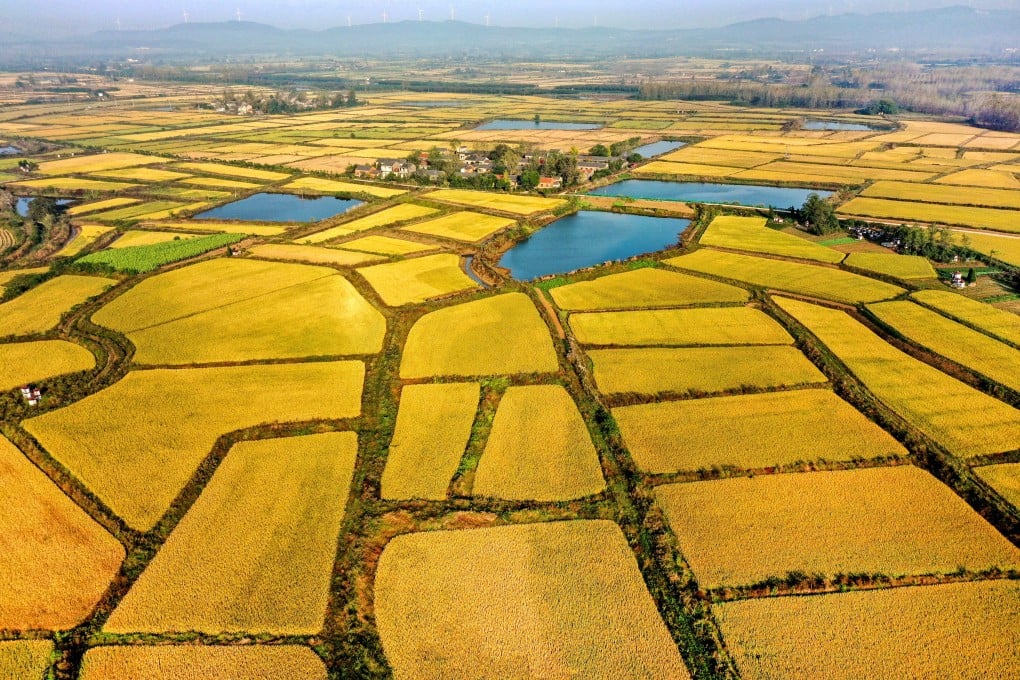China aims to upgrade farmland the size of the Republic of Ireland. Here’s why
- Country is set a target for 2021 of upgrading a quarter more farmland than for this year, to boost food security amid coronavirus and floods
- Government has made food security a priority, partly through increasing self-sufficiency in vital crops

The agriculture ministry said in a statement on Thursday that 100 million mu (6.66 million hectares, 16.5 million acres) of farmland would be upgraded to a “high standard” – up a quarter from the target of 80 million mu in 2020, and roughly equal to the size of the Republic of Ireland.
Large-scale mechanical farming would be used on the upgraded farmland to increase crop yields and productivity, while the irrigation of a further 15 million mu of farmland will be upgraded to conserve water, the ministry said.
Acknowledging the task as “very challenging”, the ministry said priority should be given to grain-producing areas to make up shortfalls in China’s agricultural infrastructure and increase capacity.

02:35
Farmers grow seeds of ‘revolution’ in Dubai as food security a concern amid the pandemic
China needed to produce about 80 million mu of “high-standard farmland” this year to meet the overall target of 800 million mu by 2020 that was set a decade ago.